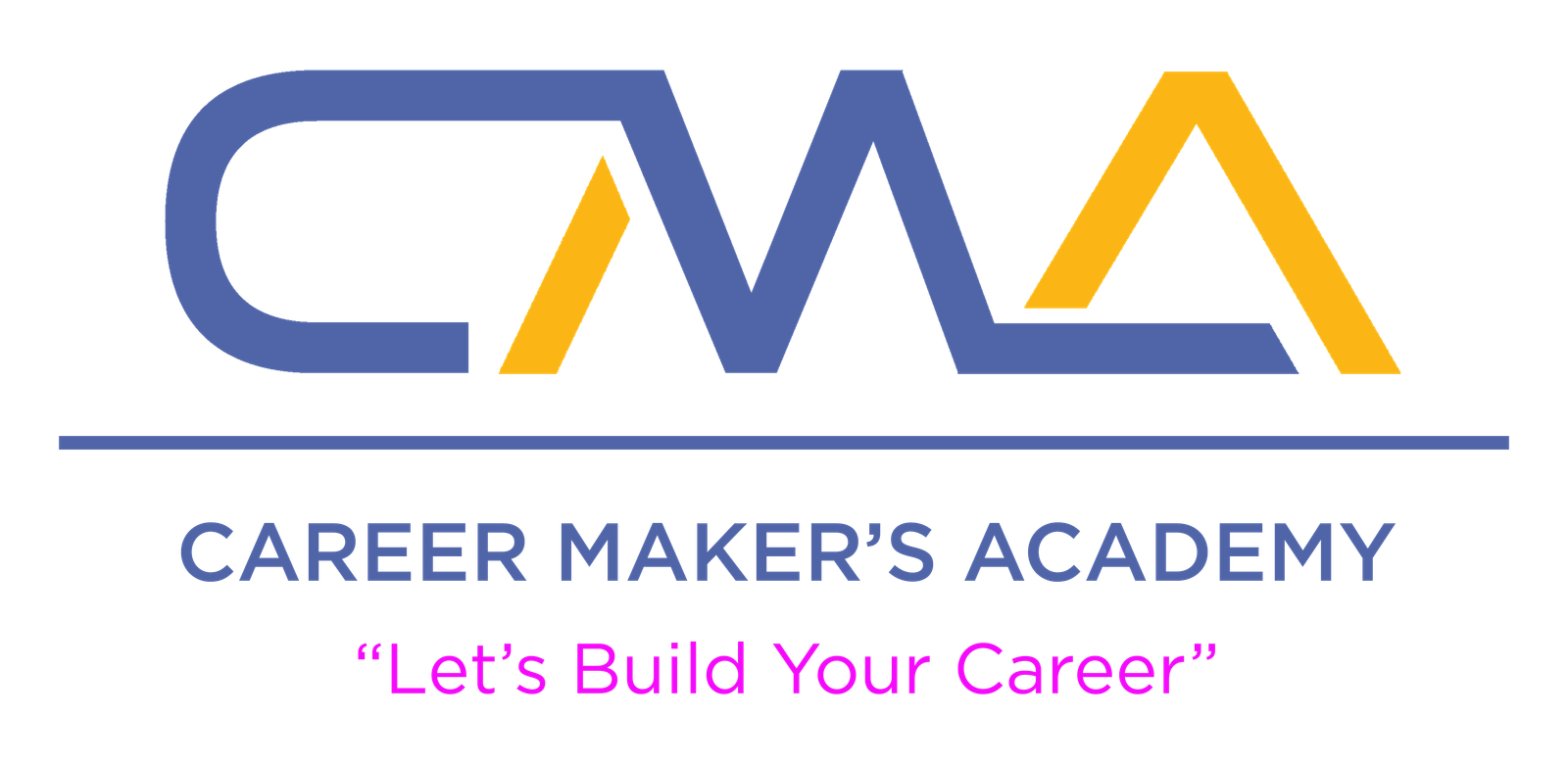By Career Maker’s Academy – Learn Physics, Chemistry & Maths for Grades 9–12 Under One Roof with Er. Shobhit Pandey Sir in Dholpur, Rajasthan
Light surrounds us—enabling sight, color, communication, and even entertainment. But when it’s harnessed in precise ways, light becomes much more than something we see. It becomes a powerful tool for cutting materials, scanning barcodes, and creating three-dimensional holograms. These seemingly magical feats of science all begin with one thing: the physics of light.
At Career Maker’s Academy, Dholpur, we believe that real learning starts when students connect textbook knowledge with the amazing technologies they encounter every day. Under the expert mentorship of Er. Shobhit Pandey Sir, students from grades 9–12 explore advanced scientific concepts through engaging explanations and real-life examples.
Let’s explore how lasers and holograms work—and the fascinating physics that makes them possible.
What is Light, Really?
To understand lasers and holograms, we first need to understand light. Light behaves both like a wave and a particle, a concept known as wave-particle duality. As a wave, it travels in oscillating electric and magnetic fields (electromagnetic wave), and as a particle, it is made up of packets of energy called photons.
Different colors of light have different wavelengths. For example, red light has a longer wavelength than blue light. Light travels in straight lines and can be reflected, refracted, or diffracted depending on the surface it interacts with.
These fundamental properties of light are what scientists use to create lasers and holograms.
How Do Lasers Work?
The word LASER stands for Light Amplification by Stimulated Emission of Radiation. A laser is not just a bright beam of light—it’s a highly focused, monochromatic (single color), and coherent (waves in perfect phase) beam of light.
Key Physics Behind Lasers:
- Stimulated Emission
When an atom in a material absorbs energy, its electrons jump to a higher energy level. When these electrons return to their original state, they release energy in the form of photons. In a laser, one photon can trigger nearby excited atoms to release more photons of the same energy, direction, and phase—this is called stimulated emission. - Population Inversion
Normally, more atoms are in lower energy states than higher ones. A laser requires the reverse—more atoms in the excited state. This is achieved using an energy source (like a flash lamp or electric current). - Optical Cavity
The laser medium is placed between two mirrors—one fully reflective and one partially reflective. Photons bounce back and forth between the mirrors, stimulating more emissions. Eventually, a highly focused, coherent beam escapes through the partially reflective mirror.
Applications of Lasers:
- Barcode scanners and CD/DVD players
- Laser cutting and welding
- Eye surgeries (LASIK)
- Fiber-optic communication
- Military and scientific instruments
How Do Holograms Work?
Holography is a technique that records and reconstructs the light wavefront reflected from an object, allowing us to view a fully three-dimensional image that seems to float in space.
Key Physics Behind Holography:
- Interference and Diffraction
Holography uses the interference of light waves. A laser beam is split into two:- The object beam, which illuminates the object and reflects off it.
- The reference beam, which travels directly to the recording medium (like a photographic plate).
- The object beam, which illuminates the object and reflects off it.
- When both beams meet on the recording medium, they form an interference pattern. This pattern encodes the amplitude and phase information of the light waves reflected from the object.
- Reconstruction
When the developed hologram is illuminated with the reference beam again, it diffracts the light to recreate the original light wavefront. Our eyes perceive this as a 3D image of the object, even if the object is no longer present.
Types of Holograms:
- Transmission holograms – viewed with laser light
- Reflection holograms – can be viewed in white light
- Digital holograms – created using computers and special sensors
Applications of Holography:
- Data storage (holographic memory)
- Security (on ID cards, currency)
- Art and entertainment (3D displays, concerts)
- Medical imaging and microscopy
Light at Career Maker’s Academy
Understanding the principles of light is not just about passing exams—it’s about unlocking the secrets of technologies that define our modern world. At Career Maker’s Academy in Dholpur, Rajasthan, we make complex concepts like quantum transitions, coherence, and wavefront reconstruction accessible and engaging for students.
Er. Shobhit Pandey Sir ensures that students don’t just memorize definitions—they grasp the underlying principles that power the devices and technologies they use daily. Whether it’s through real-world examples, practical demonstrations, or advanced problem-solving, our students gain a competitive edge for school exams, entrance tests, and future careers.
The Future of Light-Based Technology
Both lasers and holography continue to push the boundaries of science and innovation:
- Quantum optics is paving the way for quantum computing and ultra-secure communication.
- Laser fusion could one day solve the world’s energy crisis.
- Holographic displays may replace screens in AR/VR devices, education, and even surgeries.
By learning the physics of light, students today become the innovators of tomorrow.
Conclusion: Seeing the Light
Lasers and holograms aren’t science fiction—they are the real-world applications of brilliant physics. Every time you use a laser pointer, scan a QR code, or admire a 3D holographic image, you’re witnessing the elegant manipulation of photons and wavefronts.
And if you’re fascinated by such wonders of science, there’s no better place to explore them than Career Maker’s Academy, Dholpur. With our expert-led coaching in Physics, Chemistry, and Mathematics, we prepare students from grades 9–12 to not only succeed academically but to understand the science shaping our future.
